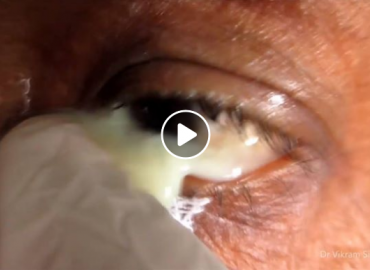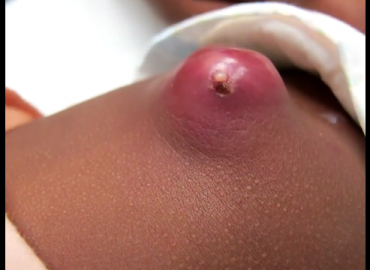Because the lining of an abscess cavity tends to interfere with the amount of drug that can penetrate the source of infection from the blood, the cavity itself may require draining. Once an abscess has fully formed, it often does not respond to antibiotics. Even if the antibiotic does penetrate into the abscess, it does not function as well in that environment.
Abcess drainage is a minor and common surgical procedure that is often performed in a professional medical office. Accurate records concerning the number of procedures are kept in private medical office rather than hospital records. For these reasons, it is impossible to accurately tally the number of abscess incision and drainage procedures performed in a year. The procedure increases in frequency with increasing age.
A doctor will cut into the lining of an abscess, allowing the pus to escape either through a drainage tube or by leaving the cavity open to the skin. The size of the incision depends on the volume of the abscess and how quickly the pus is encountered.
Cells normally formed for the surface of the skin often migrate into an abscess. They line the abscess cavity. This process is called epithelialization. This lining prevents drugs from reaching an abscess. It also promotes recurrence of the abscess. The lining must be removed when an abscess is drained to prevent recurrence.
Once an abscess is opened, the pus drained, and the epithelial lining removed, the doctor will clean and irrigate the wound thoroughly with saline. If it is not too large or deep, the doctor may simply pack the abscess wound with gauze for 24–48 hours to absorb the pus and discharge.
If it is a deeper abscess, the doctor or surgeon may insert a drainage tube after cleaning out the wound. Once the tube is in place, the surgeon closes the incision with simple stitches and applies a sterile dressing. Drainage is maintained for several days to help prevent the abscess from reforming. The tube is removed, and the abscess allowed to finish closing and healing







